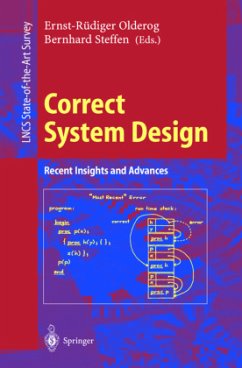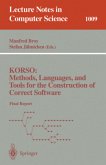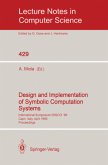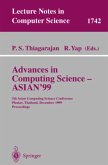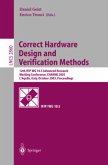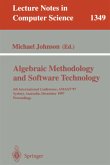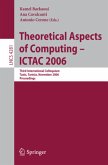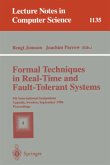Computers are gaining more and more controle over systems that we use or rely on in our daily lives, privately as well as professionally. In safety-critical applications, as well as in others, it is of paramount importance that systems controled by a computer or computing systems themselves reliably behave in accordance with the specification and requirements, in other words: here correctness of the system, of its software and hardware is crucial. In order to cope with this callenge, software engineers and computer scientists need to understand the foundations of programming, how different formal theories are linked together, how compilers correctly translate high-level programs into machine code, and why transformations performed are justifiable. On the occasion of Hans Langmaack's retirement from his professorship and in order to honor his fundamental contributions to the field, the volume editors invited 17 internationally well known researchers to evaluate the state of the art in the area of correct system design. This book presents 17 mutually reviewed invited papers organized in sections on methodology, programming, automation, compilation, and application. It is a unique outline of what has been achieved in the area which dates back to a pioneering paper by Alan Turing in 1949.
Hinweis: Dieser Artikel kann nur an eine deutsche Lieferadresse ausgeliefert werden.
Hinweis: Dieser Artikel kann nur an eine deutsche Lieferadresse ausgeliefert werden.

